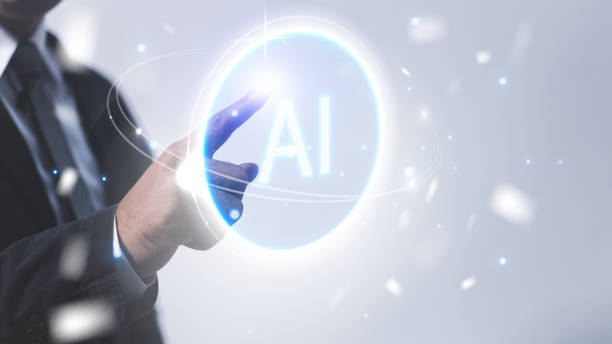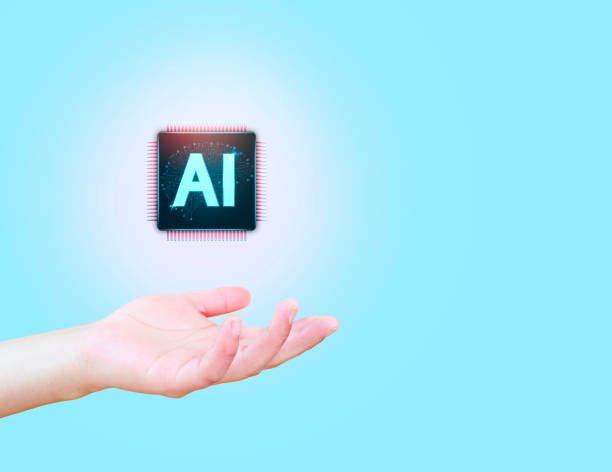What is an AI Robot? Definitions and Basic Concepts
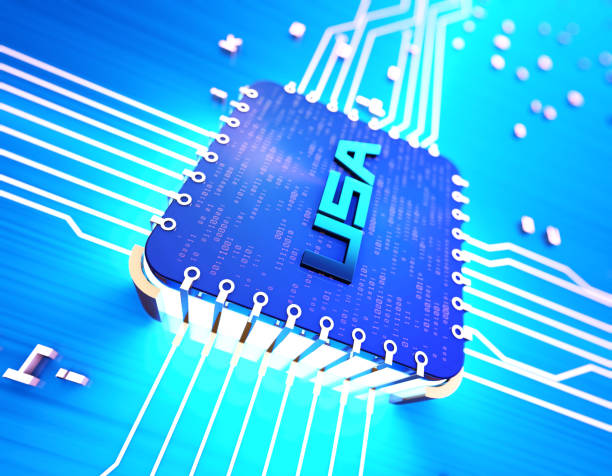
In today’s world, the term #Artificial_Intelligence (AI) is increasingly heard, and #AI_Robots are one of the most tangible manifestations of this technology.
But what exactly is an AI robot? Simply put, an AI robot is an intelligent agent that can perceive its environment, make decisions, and act upon them.
These robots use machine learning algorithms and other AI techniques to perform tasks that typically require human intelligence.
An AI robot can be software or a physical machine, or a combination of both.
In fact, an AI robot is an agent that attempts to mimic and simulate human cognitive processes, aiming to automate tasks, increase productivity, and provide innovative solutions in various fields.
An AI robot receives data from its environment using sensors, then processes this data using complex algorithms, and makes appropriate decisions.
To better understand the concept of an AI robot, it can be contrasted with traditional robots.
Traditional robots are usually programmed to perform repetitive and predefined tasks and are unable to adapt to new conditions.
In contrast, AI robots are capable of learning from experience, adapting to the environment, and solving complex problems.
Are you worried your company’s old website is scaring away new customers? Rasaweb solves this problem with modern and efficient corporate website design.
✅ Increases your brand credibility.
✅ Helps attract targeted customers.
⚡ Contact Rasaweb for a free consultation!
Architecture and Main Components of an AI Robot
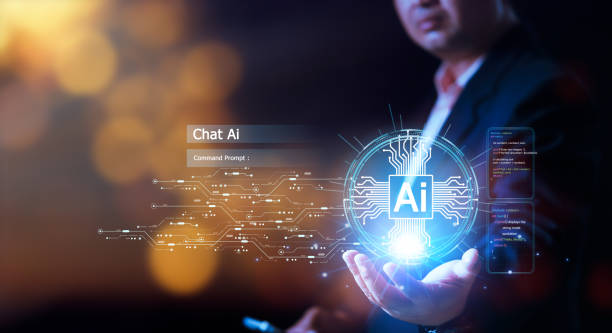
An AI robot consists of several main components that work together to enable intelligent operation.
These components include sensors, processors, actuators, and AI algorithms.
Sensors collect information from the environment.
This information can include images, sounds, temperature, pressure, and other sensory data.
Processors process the collected data and make appropriate decisions.
This processing is typically done using machine learning algorithms.
Actuators execute processor commands and cause the robot to perform an action.
For example, actuators can be motors, arms, wheels, or other mechanical components.
AI algorithms are the brain of the robot and are responsible for learning, reasoning, and decision-making.
These algorithms can include neural networks, support vector machines, decision trees, and other machine learning methods.
The choice of the appropriate algorithm type depends on the task and the available data.
The architecture of an AI robot can be very diverse and depends on the specific needs of each application.
However, the general principles of AI robot architecture are the same across all applications.
Types of Machine Learning Algorithms in AI Robots
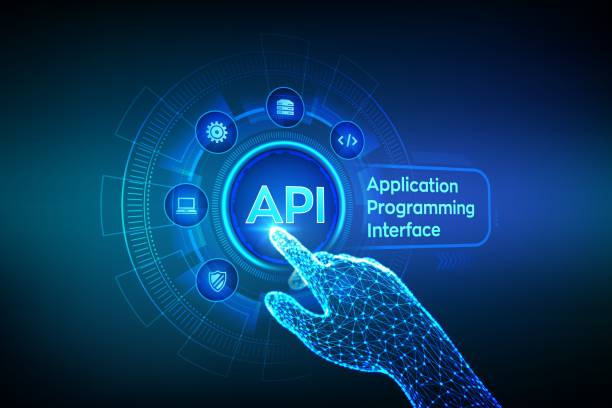
Machine learning plays a vital role in the performance of AI robots.
Machine learning algorithms allow robots to learn from data, recognize patterns, and make better decisions.
There are various types of machine learning algorithms, each suitable for a specific type of task.
Some of the most common machine learning algorithms used in AI robots include:
Supervised Learning In this type of learning, the robot is trained using labeled data.
This means that each input data is associated with an expected output.
The robot uses this data to learn how to map inputs to outputs.
Unsupervised Learning In this type of learning, the robot is trained using unlabeled data.
The robot must discover patterns and structures in the data without any external guidance.
Reinforcement Learning In this type of learning, the robot learns by interacting with its environment.
The robot performs actions and receives rewards or penalties.
The robot uses this feedback to learn how to perform actions that maximize reward.
Deep Learning This type of learning uses deep neural networks to learn from data.
Deep neural networks are capable of learning complex patterns in data and are highly suitable for tasks such as image recognition, speech recognition, and natural language processing.
The choice of the appropriate machine learning algorithm depends on the task, available data, and computational resources.
| Algorithm Type | Description | Applications |
|---|---|---|
| Supervised Learning | Learning using labeled data | Classification, Regression |
| Unsupervised Learning | Learning without using labeled data | Clustering, Dimensionality Reduction |
| Reinforcement Learning | Learning through interaction with the environment | Gaming, Robotics |
Applications of AI Robots in Various Industries

AI robots are transforming various industries, and their applications are expanding day by day.
In the manufacturing industry, AI robots are used to automate repetitive tasks, improve quality, and increase productivity.
In the healthcare industry, AI robots are used for diagnosing diseases, performing complex surgeries, and providing remote medical care.
In the transportation industry, AI robots are used for autonomous driving, traffic management, and route optimization.
Furthermore, AI robots have wide applications in other areas such as education, customer services, security, and entertainment.
For instance, AI robots can act as private tutors, financial advisors, security guards, and entertaining companions.
The variety of AI robot applications demonstrates that this technology has high potential to improve human lives and create economic value.
AI robots can help us perform tasks that are difficult, dangerous, or tedious for humans.
Are you frustrated with the low conversion rate of your online store?
Rasaweb, with its professional e-commerce website design, is your definitive solution!
✅ Increases your sales and revenue
✅ Provides an unparalleled user experience for your customers
⚡ Get a free consultation now!
Advantages and Disadvantages of Using AI Robots

The use of AI robots has numerous advantages and disadvantages.
Key advantages include increased productivity, reduced costs, improved quality, enhanced safety, and the ability to perform complex tasks.
AI robots can work around the clock without fatigue or error, significantly increasing productivity.
Furthermore, AI robots can perform tasks that are dangerous for humans, thereby improving safety.
Among the main disadvantages are high implementation costs, the need for technical expertise, ethical concerns, and social impacts.
Implementing AI robots usually requires significant investment in hardware, software, and training.
Furthermore, the maintenance and repair of AI robots require technical expertise.
Ethical concerns related to AI robots include issues concerning privacy, discrimination, and accountability.
The social impacts of AI robots include job displacement and increased inequality.
AI robot is a powerful technology that can bring many benefits, but it must be used carefully and responsibly.
Challenges in the Development and Deployment of AI Robots
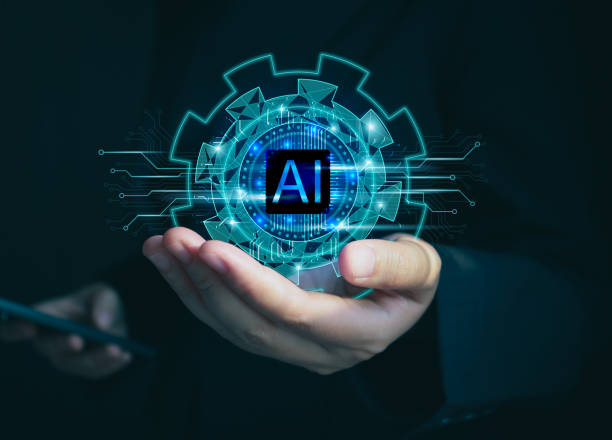
The development and deployment of AI robots face numerous challenges.
Technical challenges include the need for high-quality data, the complexity of algorithms, hardware limitations, and cybersecurity issues.
AI robots require large volumes of high-quality data to learn and function correctly.
Designing and implementing complex algorithms capable of solving intricate problems is a major challenge.
AI robots require powerful hardware, which comes at a high cost.
AI robots are vulnerable to cyberattacks and must be protected against them.
Non-technical challenges include issues related to social acceptance, ethical concerns, a shortage of skilled personnel, and legal and regulatory matters.
Some people are pessimistic about AI robots and are concerned about their replacement of humans.
Ethical issues related to AI robots must be carefully examined.
The shortage of skilled personnel in the field of artificial intelligence is a major obstacle to the development and deployment of AI robots.
Legal and regulatory issues concerning AI robots have not yet been fully defined and need to be addressed.
Despite its high potential, AI robot faces challenges that must be overcome to achieve success.
The Role of AI Robots in the Future of Jobs
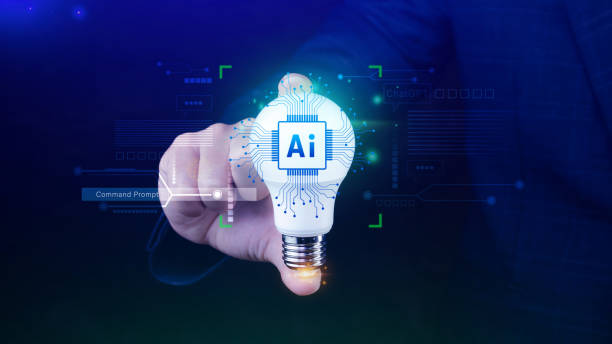
AI robots are increasingly changing the nature of jobs and are expected to play a more prominent role in the labor market in the future.
Some jobs may be entirely replaced by AI robots, while others will transform and require new skills.
Jobs involving repetitive and routine tasks are most at risk of being replaced by AI robots.
In contrast, jobs requiring creativity, critical thinking, problem-solving, and human interaction are less at risk of replacement.
However, even in these jobs, AI robots can play a significant role in increasing productivity and improving quality.
For example, AI robots can help doctors diagnose diseases, lawyers research cases, and teachers provide personalized education.
Therefore, it is important for individuals to learn new skills that prepare them to work alongside AI robots.
These skills include technical skills such as programming and data analysis, as well as soft skills such as critical thinking, problem-solving, and communication.
| Job Type | AI Impact | Required Skills |
|---|---|---|
| Routine Jobs | Replacement | – |
| Creative Jobs | Increased Productivity | Critical Thinking, Problem Solving |
| Jobs Requiring Human Interaction | Nature Transformation | Communication, Empathy |
Ethical Aspects in the Design and Use of AI Robots
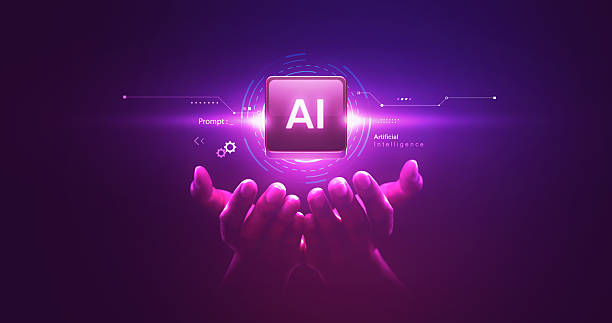
The design and use of AI robots come with significant ethical issues.
These include accountability, privacy, discrimination, and security.
If an AI robot makes a mistake, who is responsible? How can individuals’ privacy be protected against unauthorized data collection and use by AI robots? How can discrimination in the decision-making of AI robots be prevented? How can AI robots be protected against misuse?
These issues require careful consideration and the creation of appropriate legal and ethical frameworks.
Designers and developers of AI robots must consider accountability, transparency, and fairness in their designs.
Furthermore, they must respect human rights and values and refrain from using AI robots for malicious purposes.
AI robots should be used as a tool to improve human lives and solve social problems, not as a means to control, exploit, or harm them.
Are you tired of your company’s website failing to meet your expectations? With Rasaweb, design a professional website that truly represents your business.
✅ Increase the attraction of new customers and sales leads
✅ Boost your brand’s credibility and trust among your audience
⚡ Get a free website design consultation!
The Future of AI Robots: Predictions and Key Trends
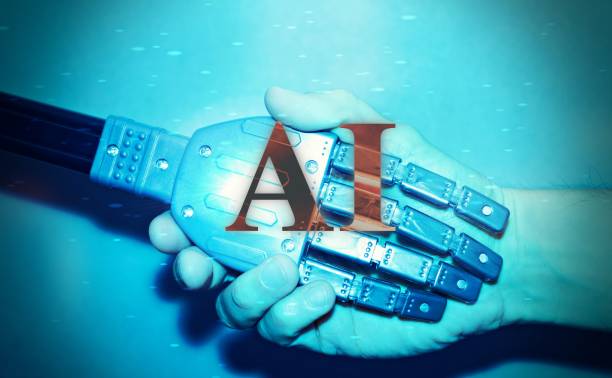
The future of AI robots is bright and full of potential.
In the coming years, we expect to see significant advancements in artificial intelligence, robotics, and machine learning.
AI robots will become more powerful, intelligent, and adaptable, playing a more prominent role in various aspects of human life.
Some key trends in the future of AI robots include:
Increased Automation AI robots will be increasingly used to automate various tasks across different industries.
Development of Humanoid Robots Humanoid robots, capable of performing tasks similar to humans, will be developed and used in areas such as elder care, customer service, and education.
Integration of AI with the Internet of Things The integration of Artificial Intelligence with the Internet of Things (IoT) will lead to the creation of smarter and more autonomous systems capable of collecting, analyzing, and responding to data in real-time.
Development of Advanced Machine Learning Algorithms More advanced machine learning algorithms will be developed that are capable of learning from less data and solving more complex problems.
AI robots, with their high potential, can help us solve major global challenges such as climate change, pandemics, and poverty.
How to Build Your Own AI Robot: A Step-by-Step Guide
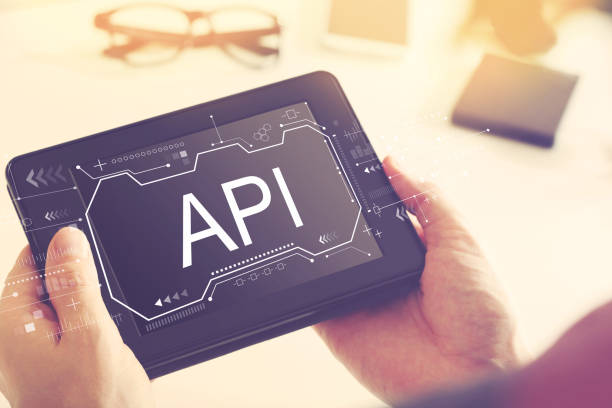
Building an AI robot can be an engaging and challenging project.
It requires a combination of technical knowledge, creativity, and patience.
In this section, we provide a step-by-step guide to building a simple AI robot:
Define the Goal First, you need to determine the purpose of building your AI robot.
What do you want your robot to do?
Choose a Platform There are various platforms available for building AI robots.
Some of the most common platforms include Arduino, Raspberry Pi, and ROS.
Gather Components The components required to build your robot depend on your chosen goal and platform.
Common components include microcontrollers, sensors, motors, batteries, and wires.
Program the Robot After gathering the components, you need to program your robot.
This is usually done using a programming language such as C++ or Python.
Test and Optimize After programming the robot, you should test it and optimize its performance.
An AI robot requires continuous testing and improvement.
Building an AI robot is a continuous learning process.
Through trial and error, you can improve your skills in artificial intelligence and robotics.
An AI robot can help you learn AI concepts practically.
This is a fun and engaging way to enter the world of artificial intelligence.
Frequently Asked Questions
| Question | Answer |
|---|---|
| What is an AI robot? | An AI Robot is a machine capable of understanding its environment, reasoning, learning, and making decisions to perform tasks autonomously. |
| What is the difference between regular robots and AI robots? | Regular robots perform repetitive tasks based on prior programming, whereas AI robots can learn from experience, interact dynamically with their environment, and even behave in a way that resembles human intelligence. |
| What are the main applications of AI robots? | They are used in industries (manufacturing, assembly), medicine (surgery, diagnosis), services (customer support, domestic), exploration (space, underwater), and many other fields. |
| What technologies are used in building AI robots? | Machine Learning, Computer Vision, Natural Language Processing, Deep Learning, and Robotics are among the key technologies. |
| Can AI robots have emotions? | Currently, robots do not have emotions in the human sense. They can identify and react to emotions, but they do not experience emotions themselves. |
| What are the main challenges in developing AI robots? | Safety, reliability, ethics, autonomy, adaptability to complex environments, and natural human interaction are significant challenges. |
| How are AI robots trained? | They are usually trained using large amounts of data, machine learning algorithms, and deep learning to identify patterns and make decisions. |
| Examples of AI robots in everyday life? | Smart robotic vacuum cleaners, customer support chatbots, self-driving cars, and surgical robots in hospitals. |
| Are AI robots a threat to human jobs? | Some repetitive jobs may become automated, but at the same time, robots can increase productivity and create new jobs in the development, maintenance, and supervision of these systems. |
| How is the future of AI robots predicted? | They are expected to become smarter, more autonomous, and capable of performing more complex tasks, and to interact more closely with humans in various environments. |
And other services from Rasa Web advertising agency in the field of advertising
- Smart Data Analysis: A specialized service for increasing website traffic based on real data.
- Smart Google Ads: Revolutionize campaign management with intelligent data analysis.
- Smart Data Analysis: A fast and efficient solution for improving SEO ranking with a focus on intelligent data analysis.
- Smart Conversion Rate Optimization: A professional solution for customer acquisition focusing on precise audience targeting.
- Smart Advertising Campaign: A creative platform for improving SEO ranking with precise audience targeting.
And more than hundreds of other services in internet advertising, advertising consultation, and organizational solutions.
Internet Advertising | Advertising Strategy | Advertorial
References
AI Robots: A Comprehensive and Practical Guide
Advanced Applications of Artificial Intelligence in Robotics
Basic Concepts of Artificial Intelligence for Beginners
The Future of AI Robots and Challenges
? For your business to thrive in the digital world, Rasaweb digital marketing agency is your smart companion. With us, you will have a complete experience of professional services, from modern UI website design to comprehensive SEO and content marketing strategies.
📍 Tehran, Mirdamad Street, next to Bank Markazi, Southern Kazeroon Alley, Ramin Alley, No. 6

